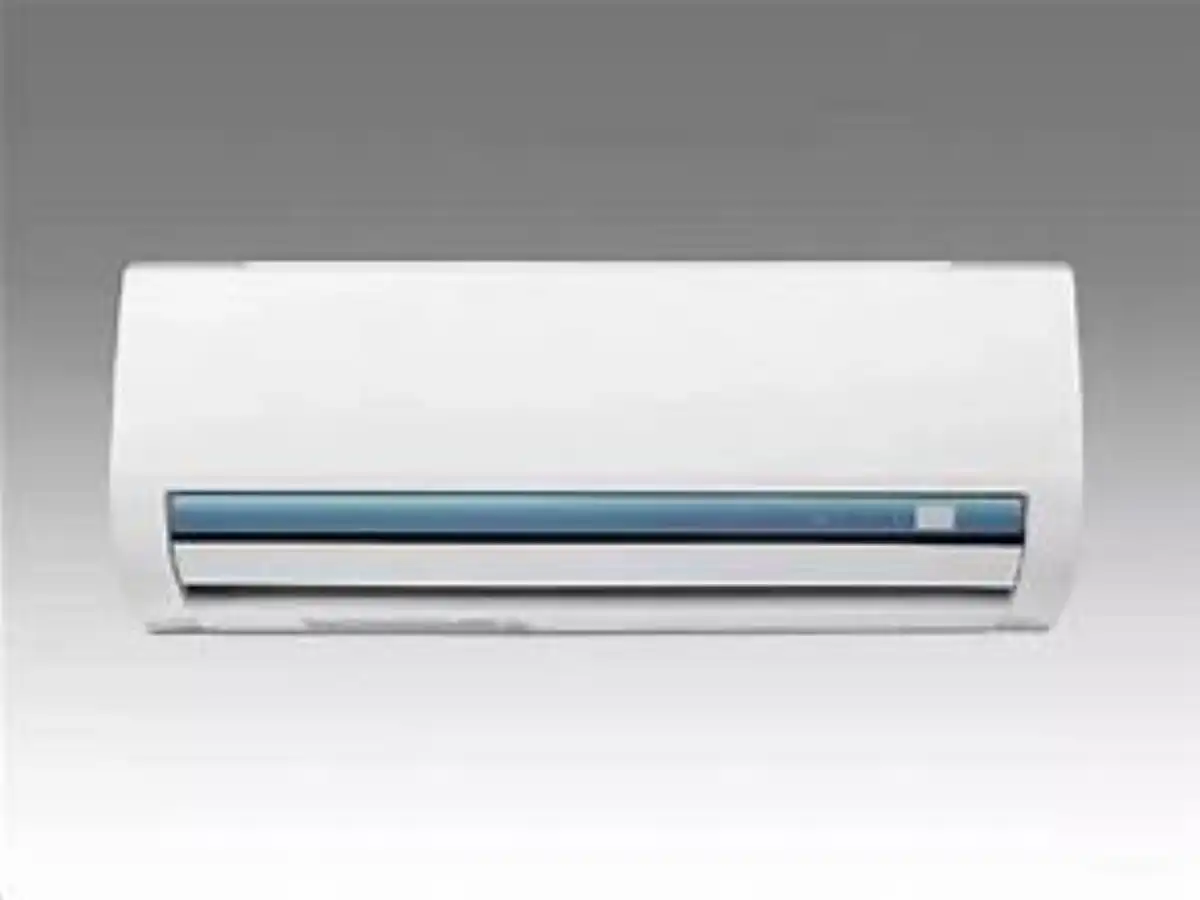India’s Surging Demand for Household Air Conditioners: An In-depth Analysis
In its latest World Energy Outlook, the International Energy Agency (IEA) has made a remarkable revelation – India is poised to experience the most substantial growth in energy demand among all nations in the coming three decades. This surge in energy demand is intricately tied to the growing demand for household air conditioners in the country.
The Growing Demand for Air Conditioners
Over the past five decades, India has witnessed over 700 heatwave events, tragically claiming over 17,000 lives. These events, influenced by India’s geographical and meteorological conditions, have spurred a steady rise in air conditioner ownership, which has tripled since 2010, reaching 24 units per 100 households. As a result, the impact of cooling needs on electricity consumption has become increasingly evident.
Electricity demand is highly sensitive to temperature variations, and in India’s case, there is a sharp increase in demand as temperatures surpass the 25-degree Celsius threshold. In fact, electricity consumption due to space cooling surged by 21% between 2019 and 2022, with nearly 10% of the total electricity demand now attributed to space cooling requirements.
Household air conditioner ownership is projected to expand ninefold by 2050 across the various IEA scenarios. This astonishing growth outpaces the ownership increase of every other major household appliance, including televisions, refrigerators, and washing machines.
The Impact on Electricity Demand
In the Stated Policies Scenario (STEPS), residential electricity demand from cooling is expected to increase ninefold by 2050. It’s worth noting that by 2050, India’s total electricity demand from residential air conditioners in the STEPS is projected to exceed the entire electricity consumption of the entire African continent today.
However, in the Announced Pledges Scenario (APS), electricity demand for air conditioners is anticipated to be nearly 15% lower in 2050 compared to the STEPS. This reduction is due to the increased use of energy-efficient air conditioners and thermal insulation in buildings. This reduction alone surpasses the total electricity generation of several countries today, such as the Netherlands.
Addressing Peak Electricity Demand
The growing ownership and use of air conditioners and cooling equipment are significant drivers of the increase in peak electricity demand in India. In the STEPS, peak electricity demand is set to rise by approximately 60% from the 2022 level by 2030, with cooling accounting for nearly half of this increase.
In the APS, however, the implementation of building codes, the utilization of more efficient appliances, and the adoption of demand response measures enable the same cooling needs to be met with less energy. This results in a reduction of peak electricity demand growth by nearly one-quarter compared to the STEPS. This reduction not only lowers electricity investment needs but also reduces system costs.
Solar Power and Energy Efficiency
While solar photovoltaic (PV) technology aligns well with daytime cooling needs, it’s crucial to acknowledge that cooling demand is also significant in India during the late evening and at night. Therefore, lowering cooling demand through energy efficiency policies reduces the need for investments in batteries or expensive standby generation capacity, making the integration of renewables more cost-effective.
India’s Transition to Clean Energy
India is entering a dynamic new phase in its energy development with a long-term net zero emissions ambition, increased regulatory sophistication, a focus on clean energy deployment, and the creation of domestic clean energy technology supply chains. Recognizing the potential to transform its energy sector, reduce the import burden of fossil fuels, and decrease CO2 emissions, India has announced a net zero emissions target by 2070.
The country has put in place policies to scale up clean energy supply and clean technology manufacturing. Clean energy investment in India is set to more than double in the STEPS by 2030, increasing from around USD 60 billion in 2022. However, to be on a trajectory to meet its net zero emissions target, investment needs to nearly triple by the end of this decade, as reflected in the APS scenario.
Challenges and Opportunities
Although India’s population growth has slowed to reach replacement levels, its urban population is expected to increase by 74%, and per capita income is projected to triple by 2050. This surge in urbanization and income, coupled with rapid industrial output growth, including a tripling of iron and steel output and a doubling of cement production, will drive a ninefold increase in residential air conditioner ownership by 2050.
As a result, the demand for oil and natural gas is set to rise significantly between 2022 and 2050 in the STEPS scenario. Despite the increasing role of solar PV in electricity generation, India’s annual CO2 emissions are projected to rise by nearly 30% by 2050.
In contrast, the APS scenario, with its focus on clean energy investment, paints a different picture. Solar power is anticipated to provide over 50% of total generated power by 2050 in the APS, and India is expected to achieve its target of 50% non-fossil power generation capacity by 2030 in both the STEPS and APS scenarios. This shift towards clean energy investment also accelerates growth in electromobility, low-emission hydrogen, grid expansions, and other clean energy infrastructure.
As a result, India’s annual CO2 emissions are expected to plummet by over 40% from current levels by 2050 in the APS, even as its GDP quadruples over this period. This ambitious transition showcases the potential for India to lead the way in sustainable and clean energy development.
India’s journey towards meeting its surging demand for household air conditioners is intricately linked to its broader energy landscape. While challenges exist, strategic clean energy investment and energy efficiency measures can pave the way for a greener, more sustainable future.




